Uses of Tungsten Wire for Glass Heating
- Details
- Category: Tungsten Information
- Published on Wednesday, 25 June 2025 18:27
- Written by Zhenghua
- Hits: 175
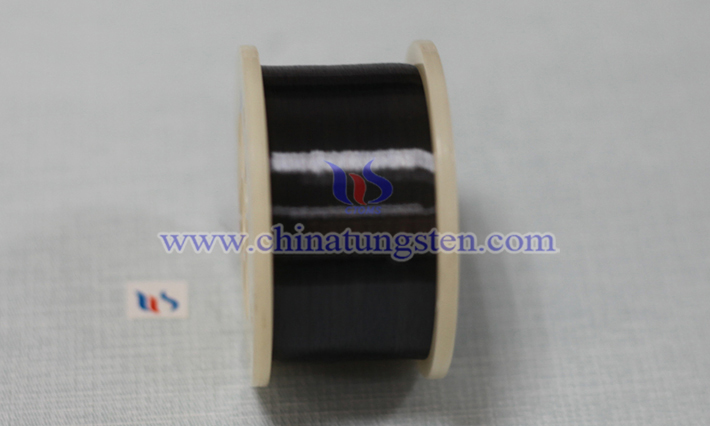
The use of tungsten wire in glass heating is mainly as a heating element, using its high melting point, high temperature resistance and oxidation resistance to provide a high temperature and stable heat source to meet the needs of glass processing and treatment. The following are the specific applications of tungsten wire in glass heating:
Physical Properties of Tungsten Wire for Glass Heating
- Details
- Category: Tungsten Information
- Published on Wednesday, 25 June 2025 18:25
- Written by Zhenghua
- Hits: 194
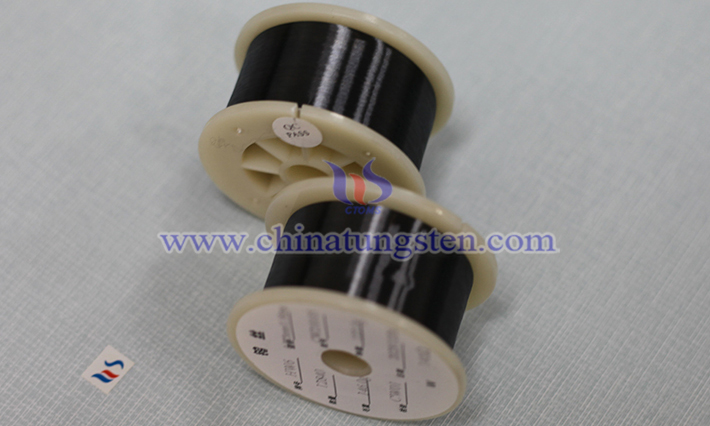
Tungsten wire is an ideal choice for glass heating due to its physical properties such as high melting point, low thermal expansion coefficient, high mechanical strength, good thermal conductivity and chemical stability. These properties not only ensure the efficiency and uniformity of the heating process, but also extend the service life of the tungsten wire and reduce potential damage to the glass.
Read more: Physical Properties of Tungsten Wire for Glass Heating
Advantages of Tungsten Wire in Glass Heating
- Details
- Category: Tungsten Information
- Published on Wednesday, 25 June 2025 18:20
- Written by Zhenghua
- Hits: 185
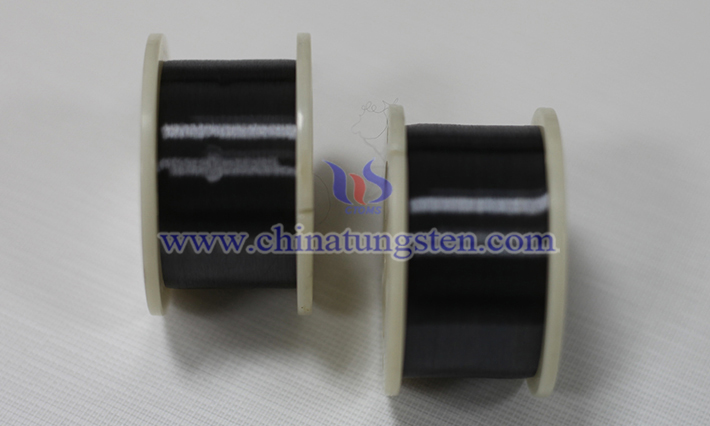
As a high-performance heating material, tungsten wire shows excellent advantages in the heating process of glass processing. Its unique physical and chemical properties make it an ideal choice for high-temperature processes such as glass melting, forming, and annealing. The following is an introduction to the application advantages of tungsten wire in glass heating:
Chemical Properties of Tungsten Wire for Glass Heating
- Details
- Category: Tungsten Information
- Published on Wednesday, 25 June 2025 18:22
- Written by Zhenghua
- Hits: 185
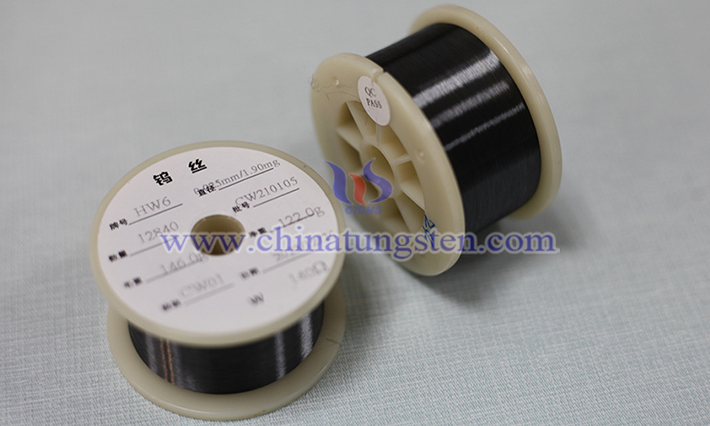
Tungsten wire is an ideal choice for glass heating elements (such as incandescent lamps, halogen lamps, vacuum tube heaters, etc.) due to its extremely high melting point (3422℃) and mechanical strength at high temperatures. Understanding its chemical properties is essential to ensure its stability and life in a specific environment.
Read more: Chemical Properties of Tungsten Wire for Glass Heating
YW-Class Tungsten Carbide
- Details
- Category: Tungsten Information
- Published on Friday, 20 June 2025 17:02
- Written by Xiaoting
- Hits: 265
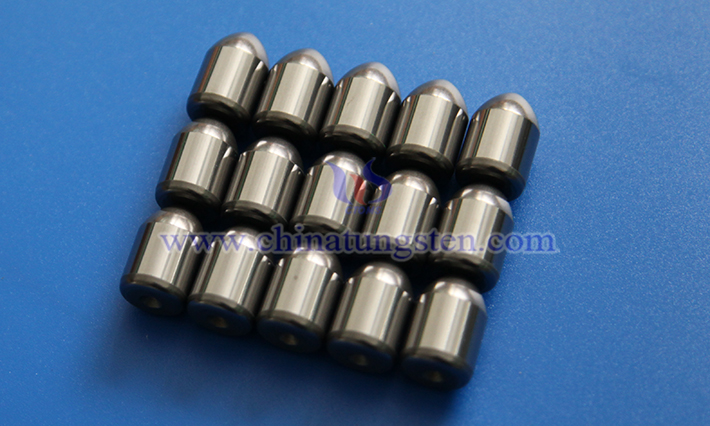
Similar to tungsten-cobalt and tungsten-titanium-cobalt alloys, tungsten-titanium-tantalum (niobium)-cobalt alloys are widely used hard alloys. Due to their excellent physicochemical properties and strong versatility, they are also known as universal hard alloys or all-purpose hard alloys.





 sales@chinatungsten.com
sales@chinatungsten.com